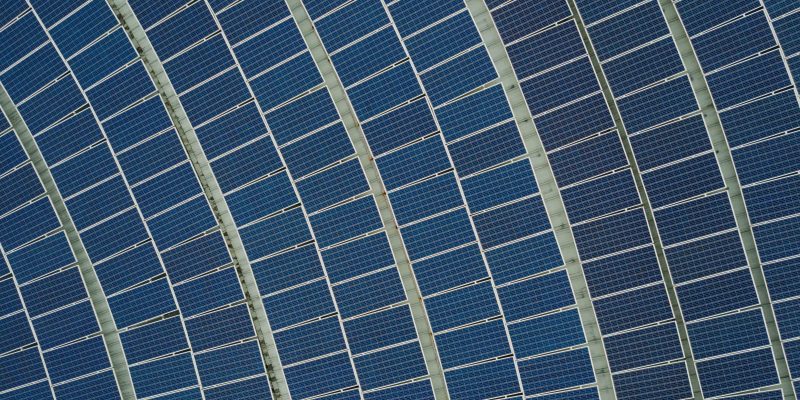In recent years, the risks the environment poses to properties have become an increasingly pressing concern.
Extreme weather events – ranging from record-breaking temperatures to tropical storms – are emphasising the need for landlords to take action to safeguard their investments.
And although taking out a comprehensive commercial landlord insurance policy could help protect your property, there are still plenty of preventative measures you can take.
In this article, we’ll share five ways that you can protect your property from climate change.
- Install solar shading
Keeping your property cool in the summer has become increasingly important in recent years. With global temperatures rising and more frequent heatwaves in the UK, it’s time to find ways to make our properties more suitable.
One of the best ways to do this is to install solar shading. Positioning shutters and blinds at your property’s windows will help ward off the sun’s heat, contributing to a cooler indoor temperature during the summer months.
- Cultivate a green roof
A green roof is a roof covered with grass, moss and other plants. A study conducted by researchers at the University of Manchester found that green roofs reduce overlying air temperatures and prevent heat penetration. Incorporating a green roof into your property could therefore help you manage overheating.
- Improve heat retention
Climate change doesn’t just mean hotter temperatures, it means more extreme weather in general – including extreme cold. This can negatively affect your property by increasing the risk of damp, freezing water pipes and much more.
Guard your property against extreme cold temperatures by implementing the following:
- Insulate walls, floors, and the roof
- Invest in double or triple-glazed windows
- Block under-door drafts
- Service your internal heating appliances before the temperatures drop
- Raise appliances and sockets
Elevating your property’s most crucial electrical features is an effective way to guard against flood damage. Reposition sockets to above waist height and move large appliances to the second floor or above. While these changes come with a cost, they could offset the greater expense of total replacements should your property fall victim to flooding.
- Storm-proof your property
Scientists are finding links between rising temperatures and storms. Higher global temperatures mean more evaporation. In turn, this leads to greater quantities of moisture in the atmosphere and more intense rainfall.
So, you must protect your property against damage from extreme rainfall and winds. At a minimum, you should:
- Ensure all gates and windows are fastened securely
- Regularly clear gutters and pipes
- Secure any loose external fittings
Climate change poses a significant risk to your property. But by taking appropriate steps such as those listed above, you can effectively safeguard your investment.




















